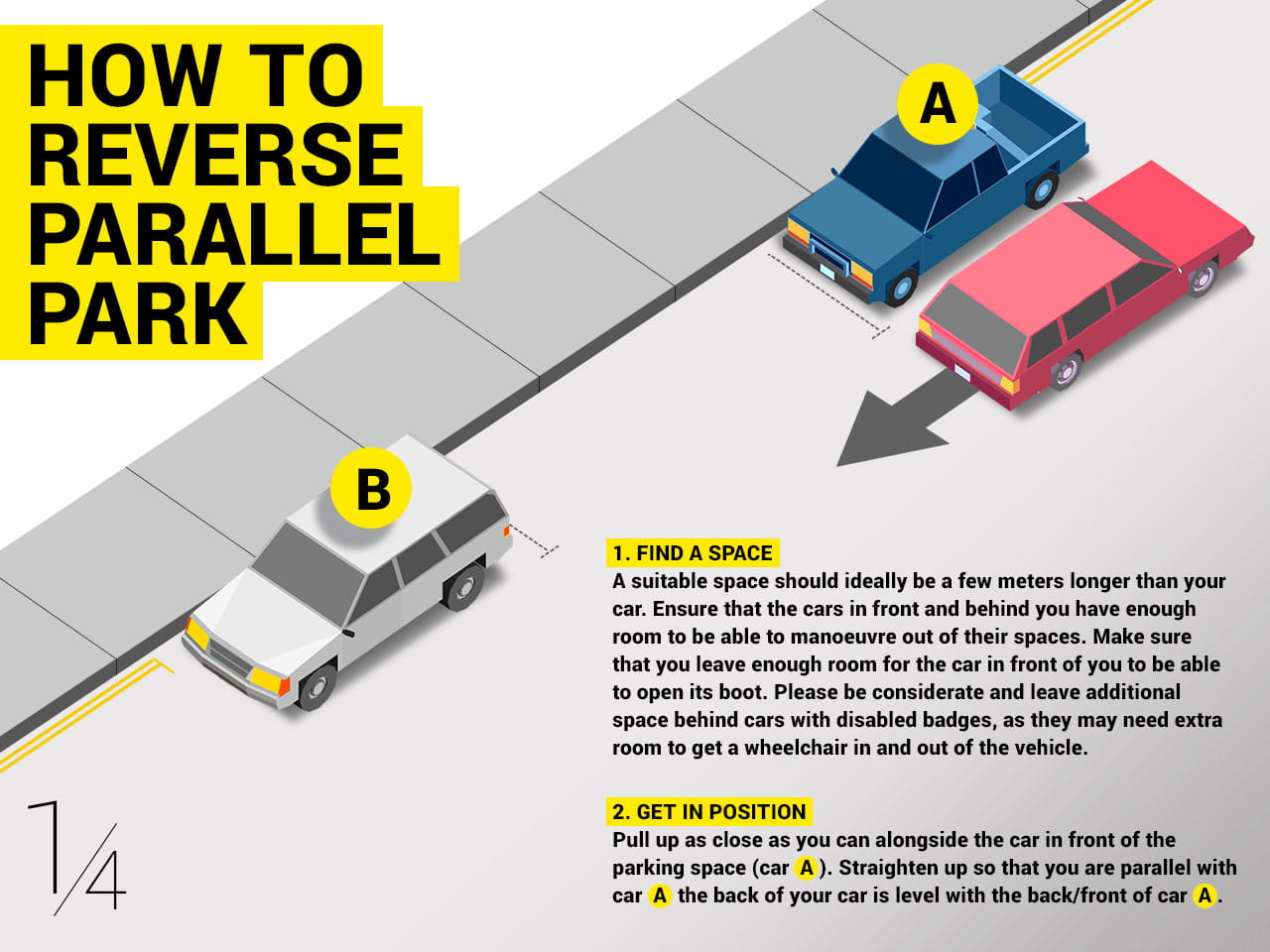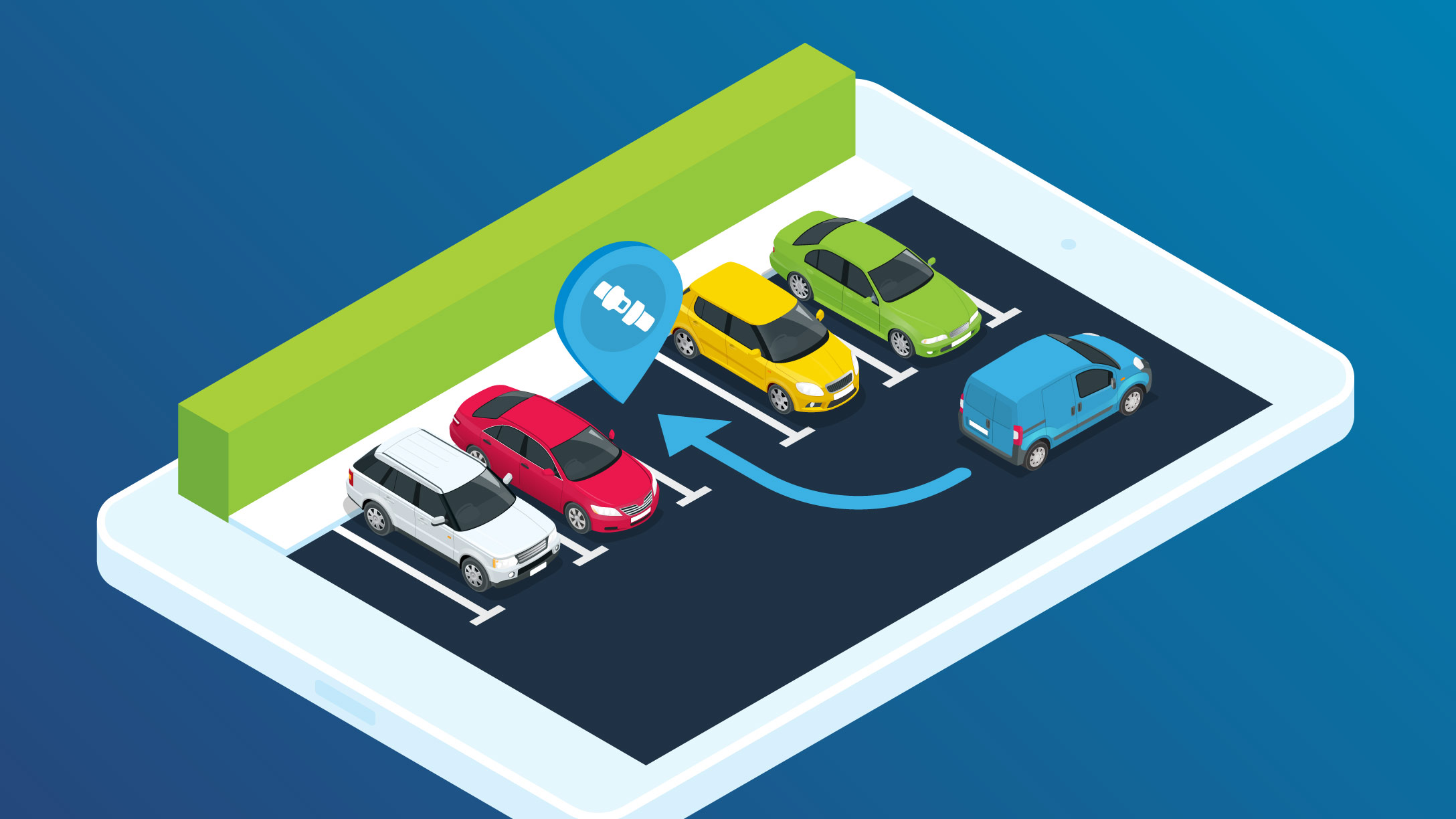What is a reverse parking test? Is reverse parking easier than head-in parking? Drive your car past the open spot. How to parallel parking? As you are doing this, turn your turn. Method of 3: Parallel Parking Your Car. Find an empty parking spot. Make sure that the space is big enough to hold. The reverse park is the one part of the driving test that makes you more nervous. Put it in perspective. It doesn’t matter if you’re the.

Reverse parking isn’t the biggest test of your driving ability. If the road looks clear move backwards slowly, being prepared to stop if another road user suddenly approaches.
When you’re about a third of the. The parallel parking reference points tutorial offers a guide from inside the car. Read about the other driving test manoeuvres here including: pull up on the right-hand side of the road and reverse car lengths, forward bay parking, reverse bay parking and parallel parking. For your first attempt, go to an empty parking place where there is no car on either side of your chosen spot.
For reference, assume that the parking slot is on your left side and the lines of the slot are A and B while. Look around for any. Locate an empty parking spot.
If you are able to find a parking spot with only one car or no cars on either side you will be able to reduce your chance of an accident while increasing your visibility. If you are practicing reverse parking for the first time, it might be a good idea to find an empty parking lot for your first few tries. Reverse into a parking space in a car park if you can.
Perpendicular reverse parking Backing into a parking stall (normally one that is against the curb) is actually safer because your biggest blind spot is behind your vehicle. There is less chance small children will be in the stall you are backing into than in the isle of the parking lot you would back out of. The reason reverse parking is safer is because it prevents drivers from having to blind back out of a parking spot and into pedestrian traffic.

In this video I show you how to do reverse parking. I have used a simple method to explain reverse parking. Use your side mirrors to find and align with the parking lines on either side.
Reversing is one of the most difficult things in. Straighten accordingly, using your mirrors throughout to ensure correct and safe reversing. Indicate, then pull up alongside the space and check there’s a minimum of two feet either end. Edge forward slowly, until the centre of your passenger side front window is roughly lined up with the front of the car.
Planning ahead so that you aren’t in a rush will allow more time for parking safely. Sundays, so this could be the perfect time to practice.
By having no one around you will have less distractions so, therefore, be able to concentrate more on your reversing skills. Use your turn signal or emergency flashers to alert other drivers of your intentions. In a parking lot, maintain the same rights of way as on the roa keeping to the. Check for other vehicles in.
Step 2: Prepare to back up. Keep your signal light on through as much of the procedure. It is important to remember that a van’s braking distance is significantly longer than a car.
But, do not face your driveway. Arrive at your driveway and pull up towards it. Instea put your vehicle in a perpendicular position with your driveway. Now, pull up so that your back wheel is at the start of the concrete, driveway surface.
This is key to the entire reversal process! After identifying the bay you intend to reverse into, pull up roughly one car length past it. Select reverse gear and. Observations Take good all round observations to make sure it is safe to move.

After recommending that management encourage employees to back into parking spaces, the consultant returns a year later and finds a dramatic improvement in safety culture. And time and again, they hear from on-site management that the behavior change started by using reversing in the parking lot as a keystone to addressing wider safety issues.
No comments:
Post a Comment
Note: Only a member of this blog may post a comment.